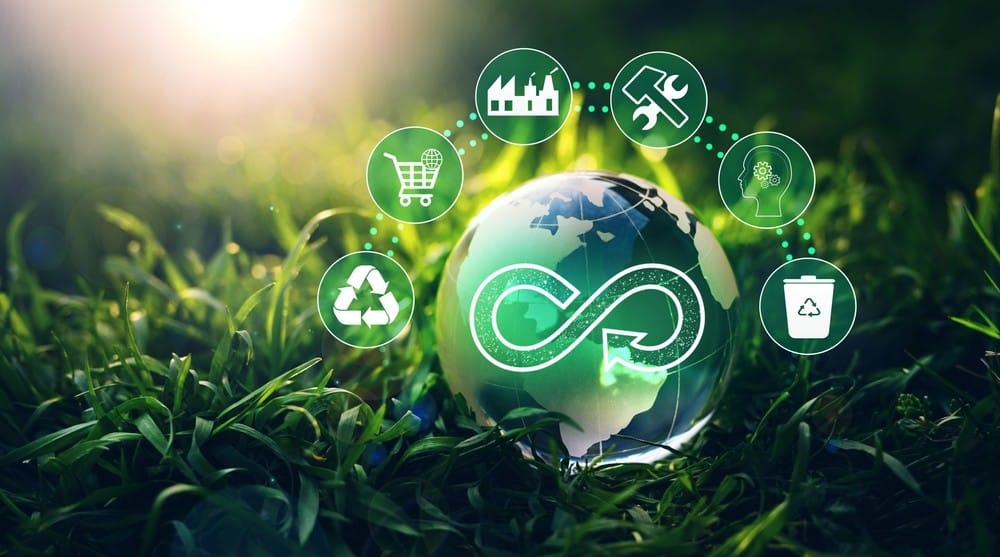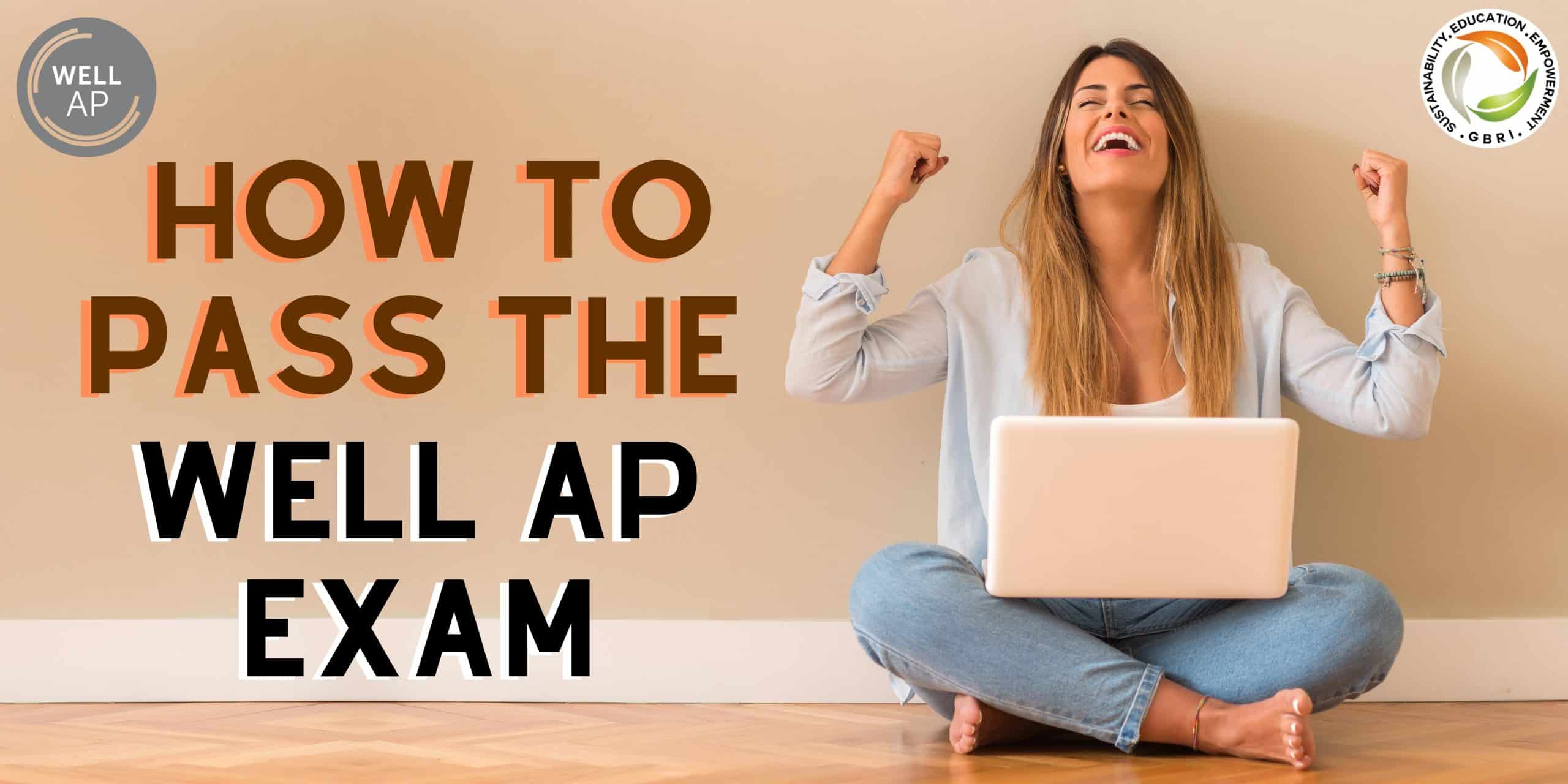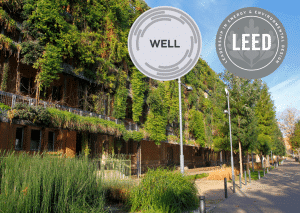Question: What exactly are LEED pilot credits?
Answer: Pilot credits within the LEED framework are essentially proposed credits that serve as a testing ground for new, innovative sustainability strategies. Their primary objective is to evaluate the effectiveness and impact of these strategies before potentially integrating them into the LEED consensus process, subject to the approval of USGBC membership.
The Journey of a Pilot Credit:
- Pilot Testing: The life of a pilot credit begins with its introduction as a “pilot” to assess its feasibility and to collect data on its environmental and practical impact.
- Evaluation: This phase occurs after the pilot credit has been applied in several projects. It involves a thorough analysis based on collected data, feedback from project teams, and other pertinent metrics. Typically, pilot credits remain open for a minimum of one year.
- Modification or Mainstreaming: Feedback gathered during the evaluation stage guides the Technical Advisory Groups (TAGs) and the Pilot Credit Committee in deciding the future of the pilot credit. Outcomes may vary from further refinement and retention for additional feedback to discontinuation or even potential inclusion in future versions of LEED.
- Closure: A pilot credit may be retired if deemed ineffective or redundant. While closed pilot credits are archived for historical purposes, they become unavailable for new projects seeking LEED certification. Sometimes, the insights gained from these closed pilot credits inspire the development of new credits.
Question: What value do pilot credits hold in terms of points?
Answer: Each standard pilot credit is valued at one point within the Innovation category. These credits usually represent concepts and strategies that are novel to the LEED system.
Question: How does a pilot credit differ from a pilot alternative compliance path (ACP)?
Answer: A pilot ACP is a specialized form of pilot credit that can substitute one of the existing LEED credits. These ACPs often explore new strategies aimed at achieving similar goals as current LEED credits.
Question: Where can one find pilot credits relevant to a specific LEED Project Type?
Answer: The USGBC’s Pilot Credit Library is the go-to resource for identifying applicable pilot credits. The library’s filters allow project teams to tailor their search to specific rating systems and versions, showcasing both open and closed pilot credits.
http://www.usgbc.org/pilotcredits
Question: What is the process for registering a project for a new pilot credit or ACP?
Answer: The registration process varies based on the LEED version. For LEED v2009, teams should contact USGBC with their project ID and desired pilot credit. For LEED v4.1 O+M, the Pilot Credit Registration Form is used, while other LEED v4 and v4.1 projects can register directly through LEED Online.
Question: How do projects earn and document compliance with a pilot credit?
Answer: Earning a pilot credit requires registration and documentation using the LEED Innovation credit form, ensuring all specific requirements are met. Registration for a pilot credit is not a binding commitment, allowing flexibility for projects to adjust their strategies as needed.
Discovering LEED’s Social Equity Pilot Credits:
Interested in delving deeper into LEED’s approach to equitable sustainability? GBRI’s course, “Blueprint for Equitable Sustainability: Exploring LEED’s Social Equity Pilot Credits under V4.1,” offers an insightful exploration.
Embarking on Your LEED Exam Preparation:
As you gear up for the LEED Exam, GBRI’s comprehensive preparation materials provide the knowledge and confidence needed to excel. Explore our resources and embark on a journey towards becoming a LEED-certified professional.
The purpose of our blog series is to enlighten our readers about specific sustainability categories within the LEED rating system, elucidating their practical application in project settings and potential representation in LEED examinations, whether for Green Associate or AP credentials. As integral components of GBRI’s LEED Lexicon Project, these blogs serve as a beacon of knowledge for those navigating the realms of sustainability and green building. We warmly invite our readers to utilize the provided tags to delve into related topics and encourage a subscription to our page for regular updates and insights.











